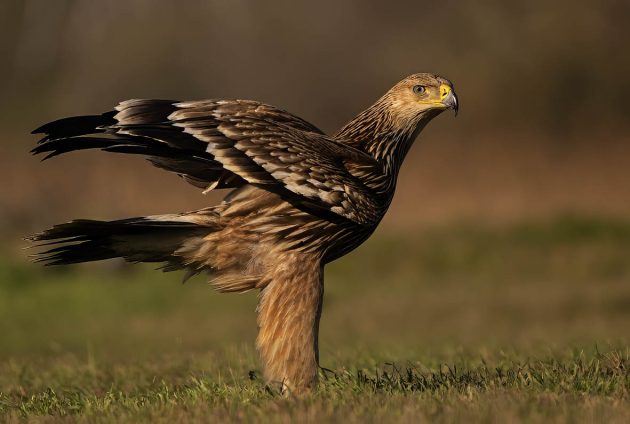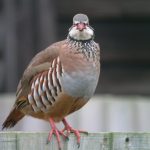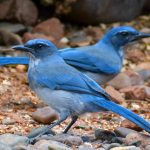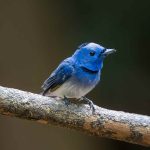
The Spanish Imperial Eagle (Aquila adalberti) is a raptor that I am familiar with. It is a large eagle, only smaller than the Golden Eagle (Aquila chrysaetos). This bird is a rabbit specialist, having evolved in isolation in the Iberian Peninsula. Rabbits are endemic to the peninsula and the specialized predator-prey relationship is a characteristic of the Spanish Imperial Eagle and the Iberian Lynx (Lynx pardinus) – see my article of 11 August.

I am very interested in biogeographical distribution patterns and I took the opportunity of spending a few days in Hungary, on the plains and marshlands of the Tisza River, to try to observe and photograph the Spanish Imperial Eagle’s sister species – the Eastern Imperial Eagle (Aquila heliaca). I am familiar with Hungary’s birds in the spring but this was my first autumn visit. My friend and colleague – Istvan Bartol who runs Oriole Lodge in the village of Tiszaalpár – had notified me that some Eastern Imperial Eagles had been visiting his hides. They were coming down to carrion but the visits were irregular. His camera traps seemed to show that the visits were increasing in frequency so, after discussion with him and Geraldine (my wife and fellow photographer), we decided risk it.

The first day was one of those long – sunrise to sunset – sessions which made you wonder what you were doing there. We saw some eagles flying by and landing on distant trees, but nothing came down. Disheartened, we left the hide after dark, wondering what to do next. Istvan had a second hide, this one closer to the marsh, so we decided to try the next day. Almost immediately, at first light, the dark shape of an eagle flew over us, close by. It seemed too big to be an Imperial, probably a White-tailed Eagle (Haliaeetus albicilla) which were also about. Another eagle flew low over us and sat on a nearby tree. This one was certainly an Imperial but would it come down?




The weather was perfect. Light winds and clear skies. As the sun rose the imperial on the tree, a first winter bird, looked resplendent. A White-tailed joined it on the tree and they interacted with each other. It set the theme for a wonderful day with Eastern Imperial and White-tailed Eagles spending much of the day with us, on the trees and also on the ground feeding on the carcasses which had been left out for them. They were joined by Common Buzzards (Buteo buteo) including a particularly aggressive white morph.



Eastern Imperial Eagles, unlike their Spanish counterparts, are largely migratory, abandoning their harsh breeding areas in much of Central and Western Asia in the winter. These Hungarian birds, at the western extreme of the range where the winters are mildest, seem to remain all year. You can see how the sedentary lifestyle would have become a regular feature of the Spanish Imperial Eagles, living in the mild climates of the Iberian Peninsula and having a regular supply of rabbits. During the Pleistocene glaciations these eagles would have become isolated from each other, leading to the eventual split into two distinct species. Eastern Imperial Eagles would never have had natural access to rabbits but, depending on which part of the range they inhabited, would have found similarly-sized prey, be it brown hares, susliks, hamsters or pikas as well as medium-sized birds.




While there, we took the opportunity of exploring adjacent habitats and wintering birds. Fieldfares (Turdus pilaris) were about in very large flocks. In wooded areas in some villages, and even busy towns, we were shown roosts of Long-eared Owls (Asio otus). Hen (Circus cyaneus) and Western Marsh (Circus aeruginosus) Harriers patrolled the fields and we were regularly treated to spectacular flights of Greylag (Anser anser) and Greater White-fronted (Anser albifrons) Geese as they took off whenever an Imperial or a White-tailed Eagle flew overhead, with intentions to attack. To round up the visit, a session in a drinking pool hide produced a wide range of wintering passerines and a most wonderful adult male Eurasian Sparrowhawk (Accipiter nisus) which came down to drink and bathe and stayed with us for an hour, sitting barely two metres away!














My wife and I witnessed two juvenile Spanish Imperial Eagles unsuccessfully attacking a female Great Bustard. Very much not a rabbit. Based on Clive’s essay that was likely a mistake or practice?
Hi Peter, Eagles are flexible when it comes to prey. Certainly the Spanish Imperial Eagles are rabbit specialists but they can take other prey, including geese (Greylags in Donana, for example) and other large birds. So maybe they were trying their luck with the great bustard. In this sense they are less tied to the rabbit that the lynx is. Both Imperial species also come down to carrion in the winter. In the case of the Spanish Imperial, I have seen them coming and attacking foxes, perhaps not seeing them as prey but rather as competitors. In this they have reminded me of Golden Eagles, who will kill foxes if they get a chance.
Great article along with stunning photos, thanks!